
What's the refresh rate of a monitor?
What's refresh rate?
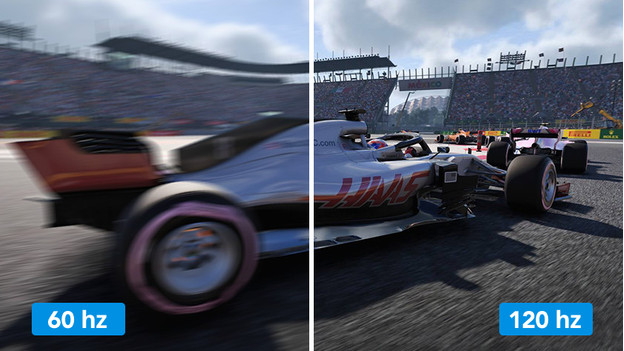
The monitor shows images in a row, which results in moving images. The refresh rate determines how many images your monitor displays per second, expressed in Hertz. The higher the number of Hertz, the more images a monitor displays per second. A 144Hz monitor shows 144 frames per second, for example. A high refresh rate ensures smooth images, which makes gaming, watching movies, and video editing much more comfortable.
Refresh rate vs fps
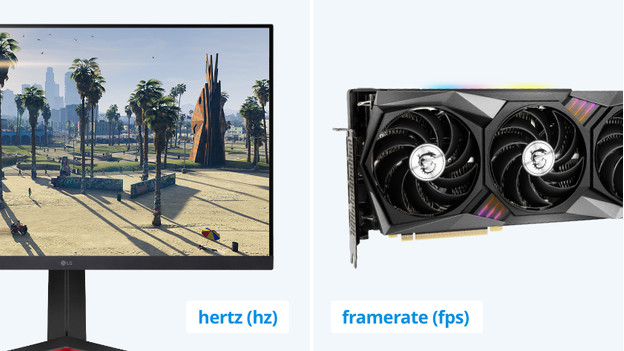
The refresh rate of a monitor isn't the same as the frame rate. That's because a monitor doesn't create frames, it refreshes them. The video card in your computer makes a number of frames per second, which is called the frame rate. These 2 specifications do work together closely. For a 144Hz refresh rate, you need a video card that produces at least 144 fps, for example. If the refresh rate and frame rate aren't the same, you'll see something called screen tearing or stutters.
Refresh rate vs response time

The response time and refresh rate of a monitor are often mentioned in the same breath. The response time determines how fast the monitor responds to movements. A monitor may have a high refresh rate, but it'll display blurry images if it has a high response time. This is called ghosting. Monitors with a response time of 1 or 2ms prevent this problem.
Refresh rate levels
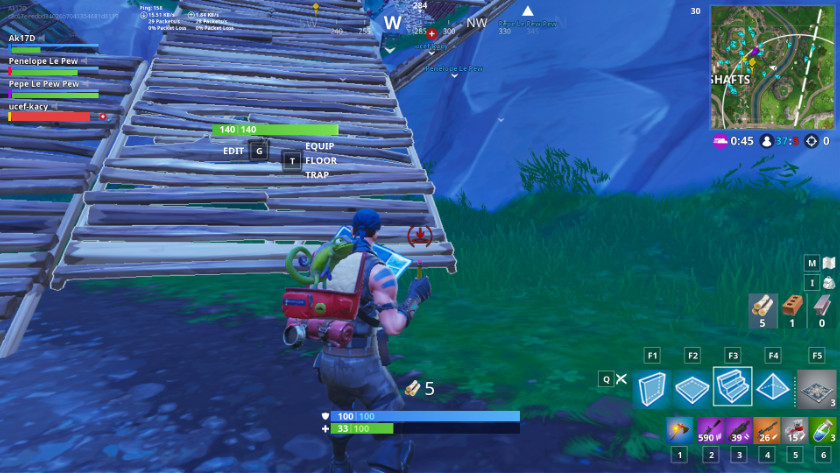
60 - 75Hz: for novice gamers
If you're a novice gamer or mostly play open world games, 60 to 75Hz is enough for you. You don't need an expensive video card for that and you can still enjoy smooth images. Want to play a shooter? Choose a 75Hz monitor, which ensures 25% more images than a 60Hz screen. This difference might just be enough to win the game.
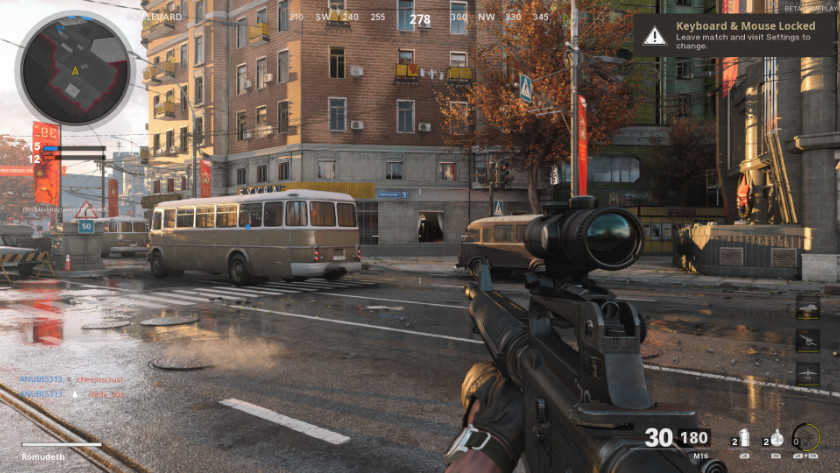
100 - 144Hz: for competitive gamers
Choose a monitor with 100 or 144Hz for competitive gaming. These monitors refresh images incredibly fast, which gives you an advantage over your opponents. You'll see everything faster than on a 60 or 75Hz screen and the images look smoother. These refresh rates mostly come in handy with shooters like Call of Duty and racing games such as F1.

165 - 240Hz: for e-athletes
For gaming enthusiasts and e-athletes, there are monitors with a refresh rate up to 240Hz. The images that these monitors display are almost lifelike, because the transitions in the details are smooth as well. It also eliminates screen tearing as a problem. Monitors with a lower refresh rate do have that problem, but these monitors don't.
Required hardware
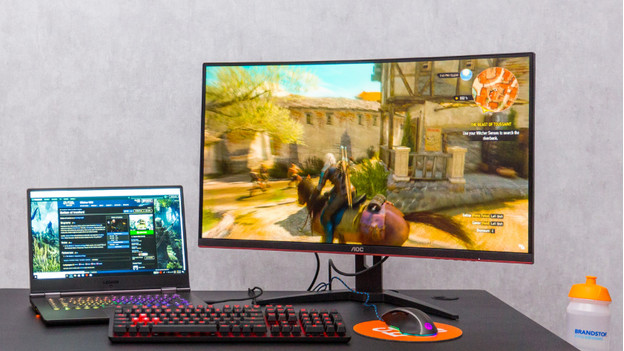
The higher the number of frames per second, the more powerful the video card should be. You need a more powerful video card for 144Hz/144 fps gaming than for 60Hz/60 fps, for example. In addition, resolution also has to be taken into account. If you want to game at 144Hz in 4K, the video card has to be strong enough to produce that. The higher the resolution, the more powerful the video card has to be.


